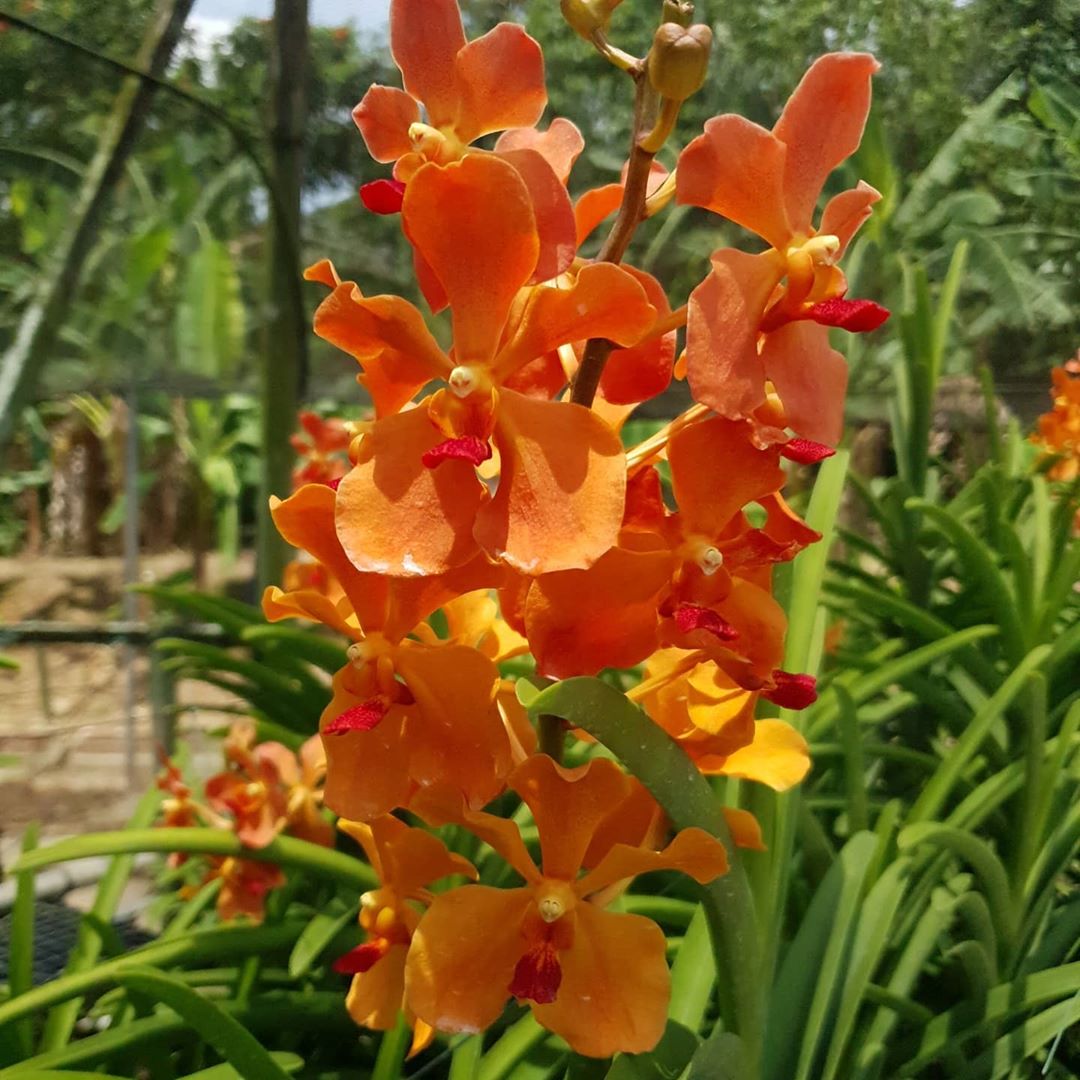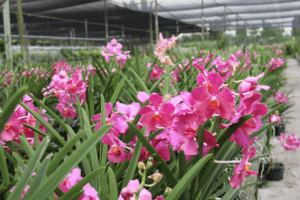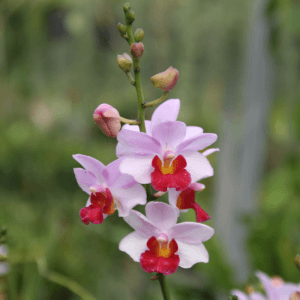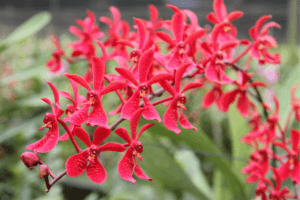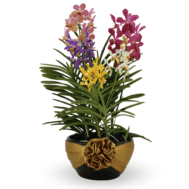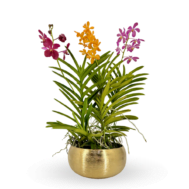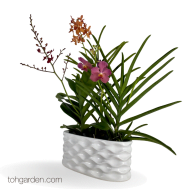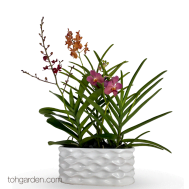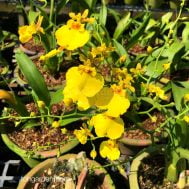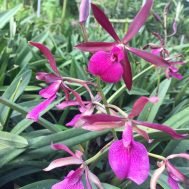History of the Vanda Family Orchids and Vandaceous SEO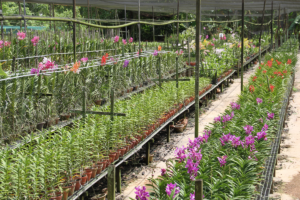
The Vanda genus belongs to the Orchidaceae family and is one of the most significant groups in the orchid world due to its stunning, long-lasting flowers and vibrant colors. Native to tropical Asia, including India, China, the Philippines, Thailand, and Indonesia, Vandas have been cultivated and hybridized extensively for centuries.
Origins and Natural Habitat
Vandas were first scientifically described in the 19th century, with several species being documented in regions where they thrive naturally. They are primarily epiphytic or lithophytic, meaning they grow on trees or rocks, absorbing nutrients from the air and rain. Their aerial root systems allow them to thrive in humid, tropical environments with high light exposure.
Early Cultivation and Hybridization
The cultivation of Vanda orchids became widespread in the late 19th and early 20th centuries, with European collectors bringing them into greenhouses. Orchid growers began hybridizing Vandas with other closely related genera to produce new colors, larger flowers, and enhanced blooming characteristics. This led to the formation of what is known today as the Vanda Alliance, a collection of genera closely related to Vanda that can interbreed and produce hybrids.
Vanda Alliance: Hybrid Genera Derived from Vandas
Through selective breeding and hybridization, the Vanda Alliance has expanded to include several intergeneric hybrids, each exhibiting unique traits inherited from their parent species. Some of the most significant members of this alliance include:


